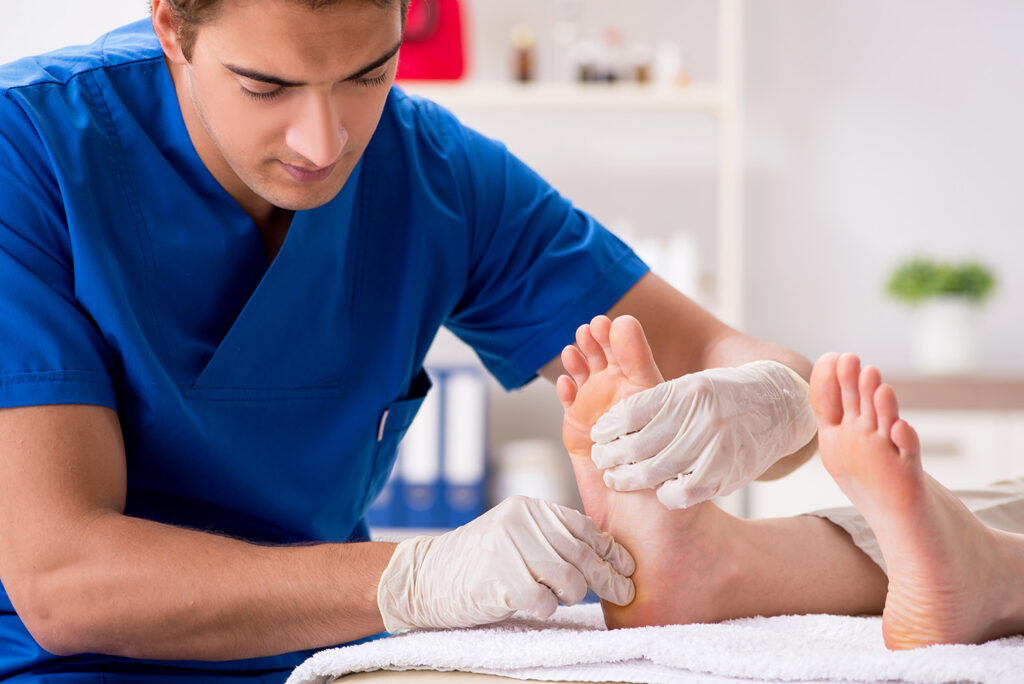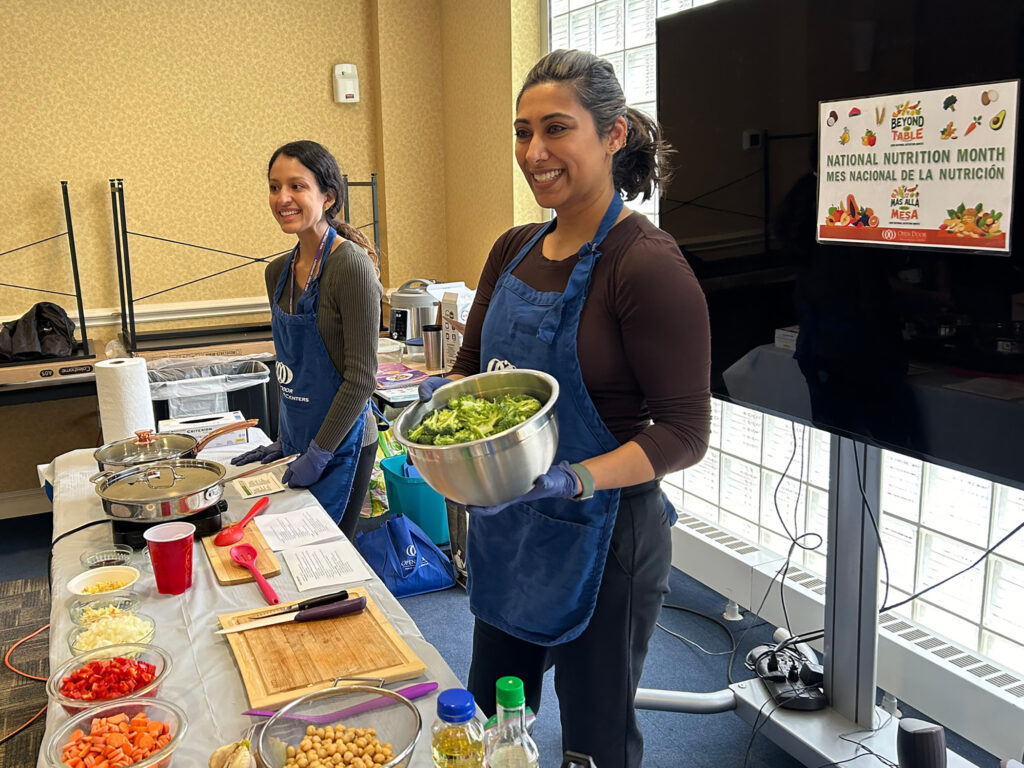There’s a lot to consider when you have diabetes.
And, unfortunately, it’s often the feet that are the furthest thing from one’s mind.
With the American Diabetes Association’s annual Alert Day approaching (March 28th), it’s especially timely to discuss the importance for those with diabetes to pay close attention to their feet.
More than one in 10 American adults have type 2 diabetes (which typically affects adults and amounts to about 90 percent of all cases). Additionally, another 38 percent of American adults have prediabetes, with most not knowing they have it. Prediabetes is often a precursor to diabetes.
Diabetes prevents the body from making enough insulin or from using it as well as it should. This results in too much blood sugar staying in the bloodstream. Uncontrolled diabetes can cause circulation problems and loss of sensation in one’s extremities, as well as heart disease, vision loss and kidney disease.
“Often with diabetes there’s what I call the perfect storm,” said Dr. John Hawkins, a podiatrist with Open Door Family Medical Center, who estimates that as many as 40 percent of his patients suffer from the disease. “Because of problems with sensation mean a cut on the bottom of the foot may not even be noticed. And with the poor circulation that goes hand-in-hand with diabetes, that small cut can turn into an infection for someone who doesn’t have tight control of their blood sugar. If that wound or ulceration is not looked at and addressed promptly it can turn very bad, very quickly.”
With reduced blood flow, the wound may be slow to heal or not heal at all and, as a result, the tissue can become damaged and the infection can spread to the bone.
According to Dr. Hawkins, 85 percent of all amputations are proceeded by an ulceration. Diabetes accounts for an estimated five out of every six amputations of the toes, feet and legs.
So, what can be done preventively? According to Dr. Hawkins, it begins with checking one’s feet regularly and seeing a podiatrist – with visits ranging from once every two to three months to once a year, depending on how well the disease is controlled. He offers these additional do’s and don’ts:
- Don’t walk barefoot
- Don’t cut your own nails or callouses
- Never soak your feet in very hot water (as many patients who test with their feet instead of their hands get scalded)
- Wear good protective shoe gear and socks
- Follow a healthy eating plan
- Get physically active
“As a podiatrist, one of the things that I love is that we get to treat everything for those patients with diabetes,” he said. “While I may not regulate their medication, I give them tips on exercise and different coping methods with regard to lifestyle changes that will help keep their blood sugar low over time.”
He stresses the importance of eating vegetables and fruits and limiting fatty foods – and refers patients to Open Door dietitians for a healthy diet plan. His office provides orthopedic corrections to decrease abnormal pressure that can lead to foot problems. This may include the use of orthotics or special shoes that are low friction and high shock absorbing. In more extreme cases, he may refer patients to area hospitals for hyperbaric oxygen treatment – where they are treated in chambers that provide 100 percent pure oxygen to heal infections.
“Since there is often an absence of sensation, you can literally walk a hole in the bottom of your foot and not know it,” said Dr. Hawkins. “The circulation is bad and there is an inability to heal properly if you have an infection. Antibiotics that are given orally or intravenously can’t penetrate down to an area if the circulation is compromised. And that’s where it can become a major issue.”
Chair Exercises
Exercise plays an important role in managing one’s diabetes. For those patients who have pain and are limited in the exercise they can do, Dr. Hawkins offers a series of exercises that can be done while sitting in a chair. They include the following:
- Raise both legs off the ground. Keeping them straight, raise one and then the other up and down.
- Rotate your legs as in the motion of pedaling a bicycle, first forward and then backwards.
- Lift your legs straight off the ground and do a scissor kick, crossing one leg over the other.
He recommends doing three sets of 10 – 15 repetitions multiple times a day for each, increasing the number over time, with a minute or two breather in between sets.
“These exercises work your core while increasing your metabolism,” he said. “And they won’t affect your feet at all.”




